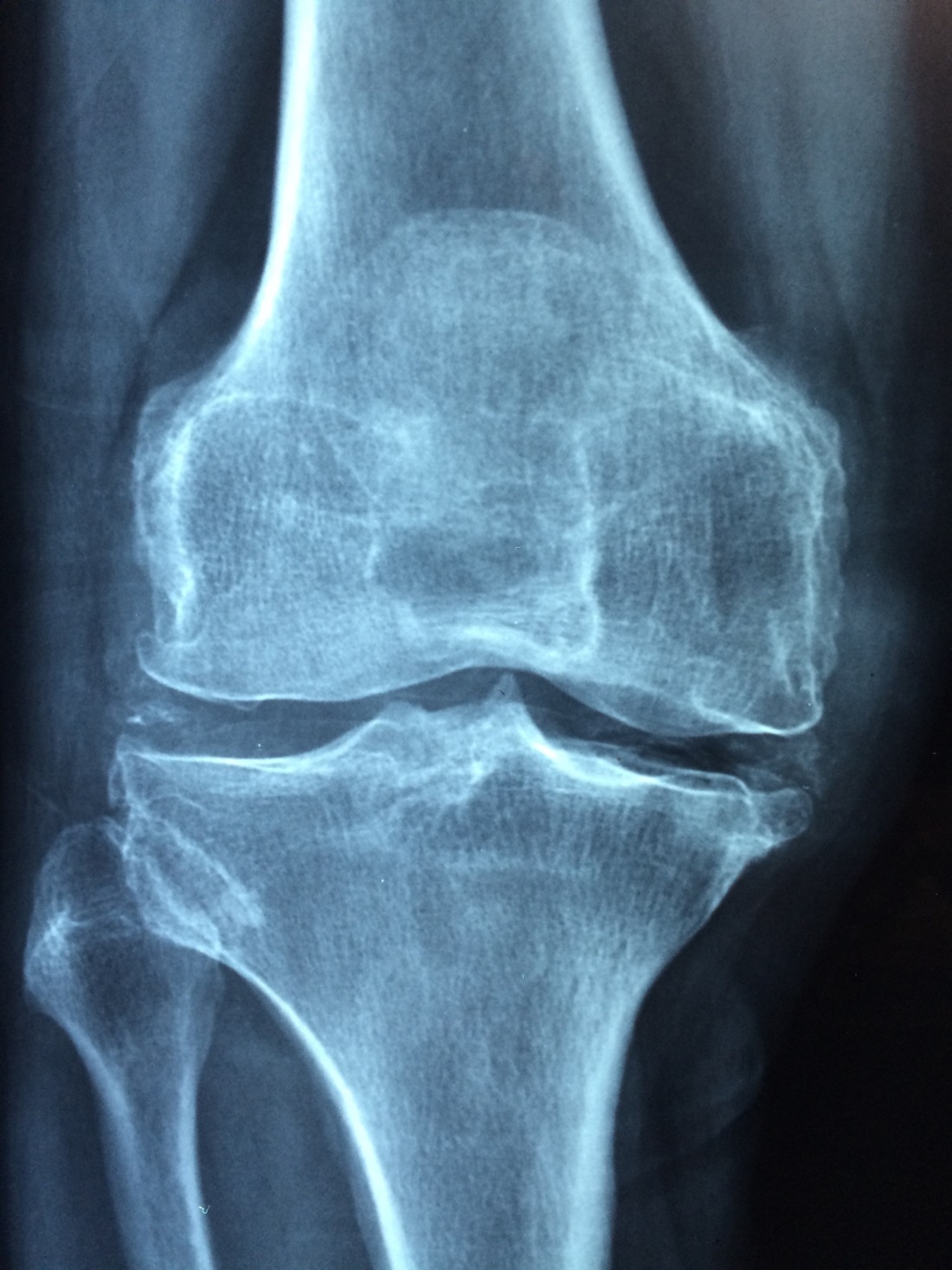Osteoarthritis vs rheumatoid arthritis has always been a great debate. Today we discuss which type of arthritis is worse.

With more than 40 million Americans suffering from arthritis, we have one of the most arthritic populations on the planet.
When you’re trying to figure out whether osteoarthritis vs rheumatoid arthritis is worse, it’s deciding between the frying pan and the fire. However, if you’re not sure which you have yet, you might want to learn about the differences between the two types of arthritis.
Here is everything you need to know.
The Epidemiology of RA versus OA
When you’re comparing rheumatoid arthritis and osteoarthritis, one of the big differences that arises is from looking at how the disease is caused.
Rheumatoid arthritis comes as an autoimmune disorder that causes joint pain throughout the body. There are inflammatory symptoms that arise when you have this condition that causes severe discomfort and pain.
Osteoarthritis is a degenerative condition that comes from overuse of your joints. This is one that can happen to athletes who don’t train or diet properly or who have poor genetics. OA could result in inflammatory issues but its chief issue is that it destroys your cartilage over the course of time.
While more than a million Americans have rheumatoid arthritis, there are 27 million Americans who are dealing with osteoarthritis. That means that about one in ten people is going to deal with this at some point.
Since it’s so prevalent, there has been plenty of research on osteoarthritis. While RA is found to develop between the ages of 30 and 60 in people, OA tends to start much later in life. It’s a challenge that often arises hand in hand with the problems of old age.
While there are many ways to find out how they’re alike, you can check out one of many sites that offer a comparison.
What Causes Them
In terms of osteoarthritis, the main culprits are prolonged use and insufficient rest. People who suffer continuous wear and tear on their joints are going to have issues in the specific spots impacted. Whether you have a job that’s demanding of you physically or not, there are ways to hurt your self at work to consider.
If you realize that your problem was caused by work, you could even be entitled to payment from a suit.
If you had injuries in the past, they can turn to OA. An injury that never got time to heal or never healed properly could result in a higher risk of developing osteoarthritis.
There are also genetic risk factors in play. Not everyone had the same upbringing as you or the patient, so we need to consider how this impacts our ecosystem.
Rheumatoid arthritis is most common in much older people but as it turns out, it’s unknown exactly what causes it. Doctors know that it’s an autoimmune disease where your antibodies attack healthy joints. This can cause some pretty strange results when you’re in the middle of activities or as a result of rigorous exercise.
However, don’t expect doctors to offer you an answer over the phone or online without an exam. In fact, it would be unethical and they could risk their medical license if they
RA has been shown to somewhat relate to ill health, smoking, or excessive drinking. If you don’t treat your body right, you’ll end up stuck dealing with arthritis as you get older.
How They’re Diagnosed
While both diseases are types of arthritis, they come as the result of different clinical diagnoses. They have very similar symptoms and without testing, they could be confused for one another. In their earliest stages, they might even seem identical.
For diagnosing rheumatoid arthritis, a physical exam is necessary. A doctor is going to look at your clinical symptoms and your family history together. By reviewing both, they’ll start to get a good idea.
When they perform blood tests to look for the antibodies that attack joints, they’ll have a clear picture of what’s happening.
If you suspect you might have osteoarthritis, you’ll need to get some x-rays and MRIs. While these can be costly and intesnse, you could end up with a clearer idea of what’s happening in your body. A blood test helps to rule out other diseases so you can focus on just this one and how to deal with it.
Getting Treatment
For either type of arthritis, there are no permanent solutions that result in total healing. However, there are ways to mitigate the pain and discomfort. Once you’ve identified which type of arthritis you’re dealing with, you can start the healing process.
Treatment courses are meant to help to reduce pain and prevent any further problems that come with the destruction or decay of joints. The course of treatment that you’re able to seek is about managing symptoms and minimizing discomfort.
There are several types of medications you could take. The most powerful is categorized as “nonsteroidal anti-inflammatory” medication. These NSAIDs can be found over the counter and help to reduce swelling in pain in a number of ways.
Given that you’re dealing with an autoimmune disorder, you’re dealing with drugs that are meant to help suppress your immune system. This keeps you from forming any more antibodies that lead to flare-ups and cause further damage. All the while, you’ll be eliminating a lot of the pain and discomfort.
Physical and occupational therapy are both used to help patients improve mobility and adjust their daily routines. Exercise, weight management, and overall healthy living habits are essential in treating and manage both diseases.
No One Wants to Pick Osteoarthritis Vs Rheumatoid Arthritis
No matter what age you are, you don’t want to have to decide between osteoarthritis vs rheumatoid arthritis. If you’re worried you might have one of the two types, get help from a doctor before you make any decisions.
If you want to take a mindfulness approach to your healing, check out our guide for more info.